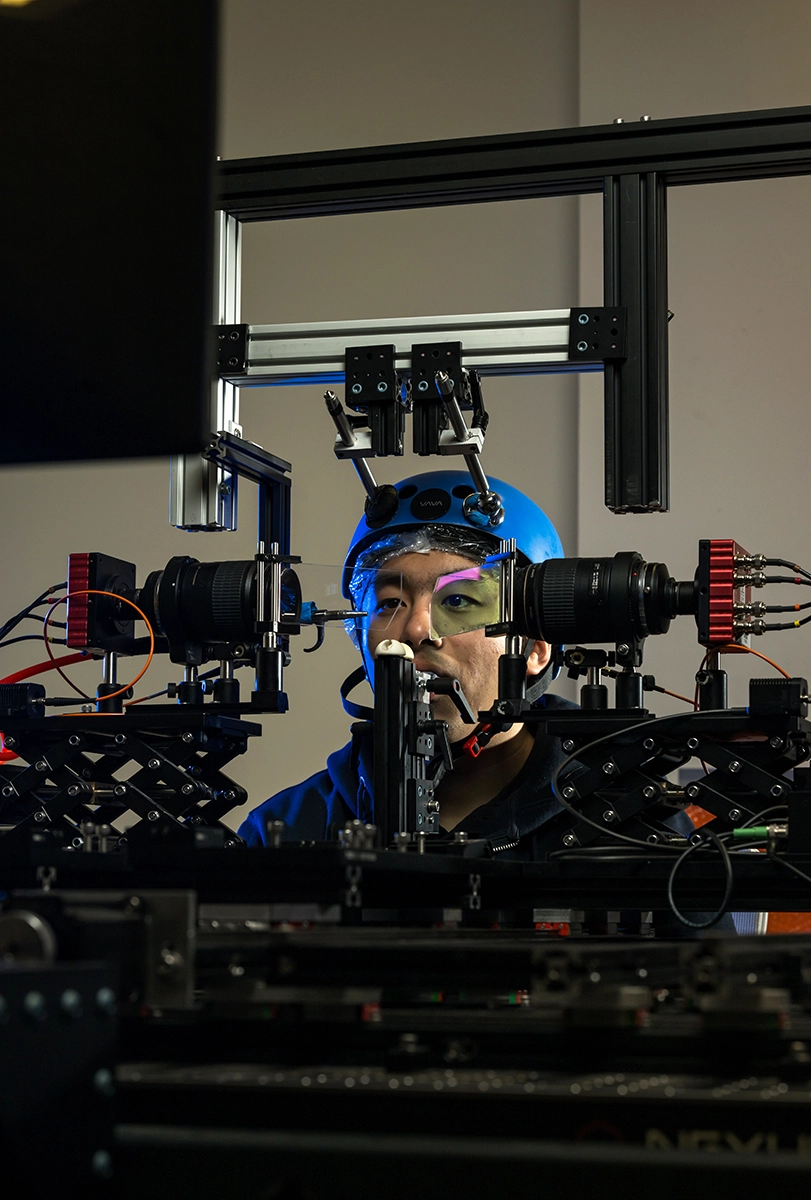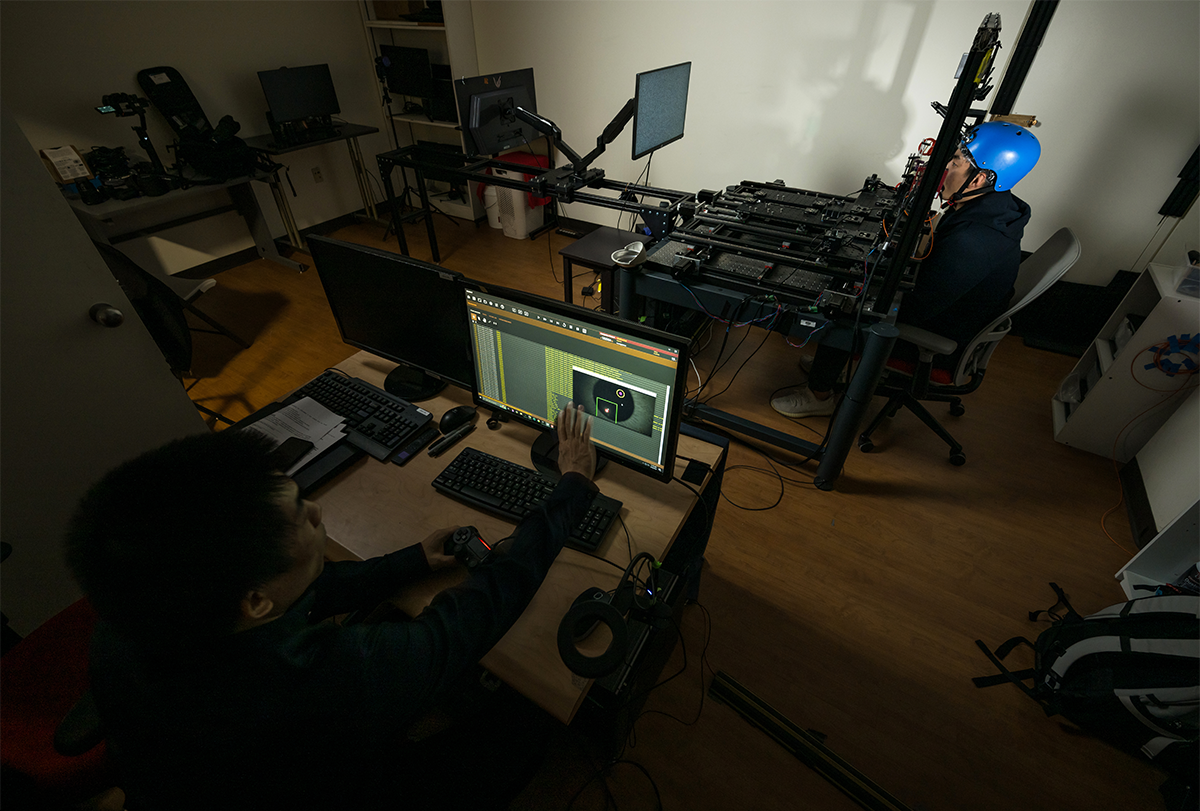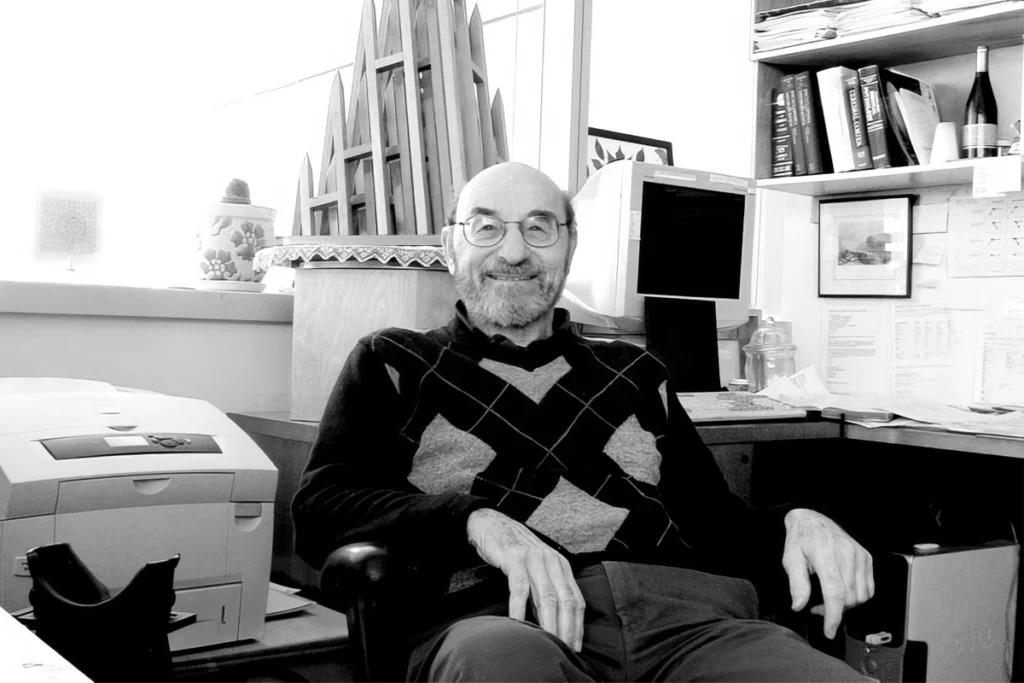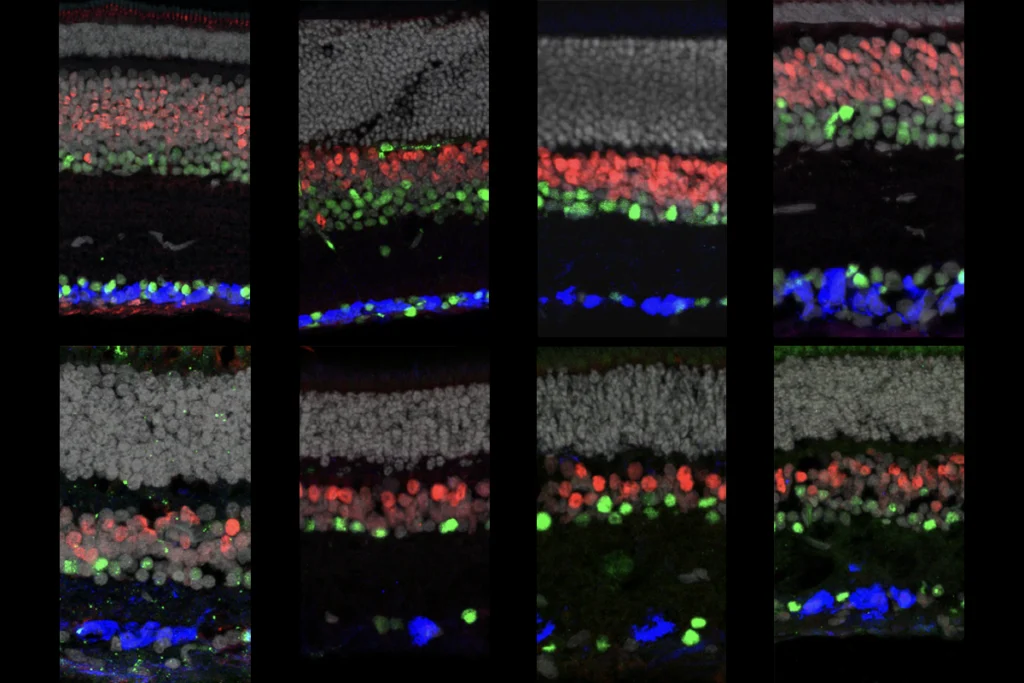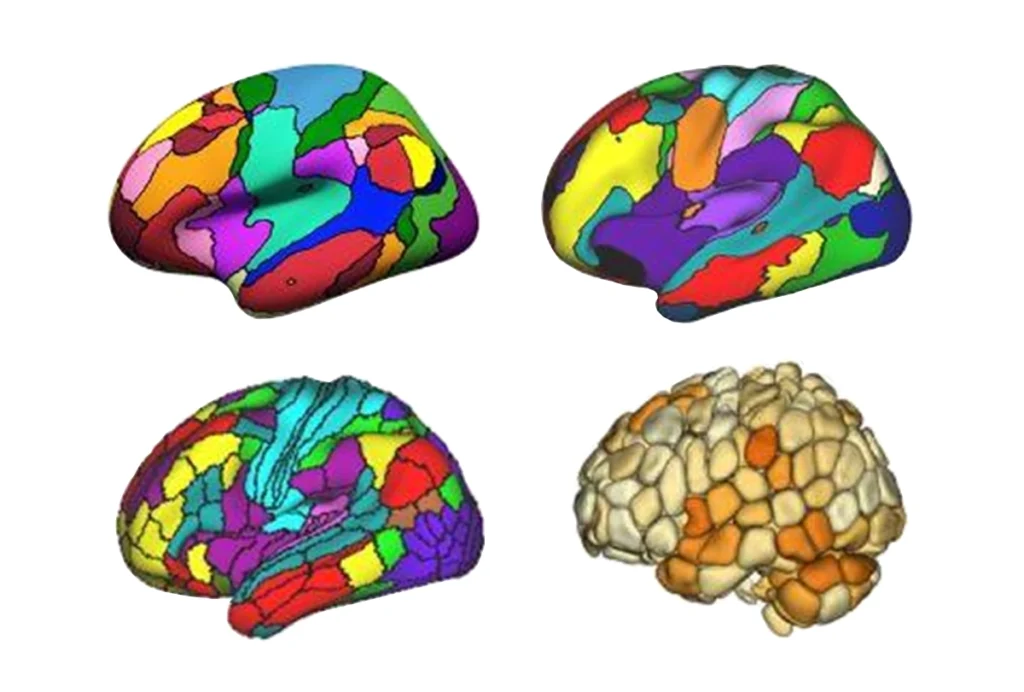Each time we blink, it obscures our visual world for 100 to 300 milliseconds. It’s a necessary action that also, researchers long presumed, presents the brain with a problem: how to cobble together a cohesive picture of the before and after.
“No one really thought about blinks as an act of looking or vision to begin with,” says Martin Rolfs, professor of experimental psychology at Humboldt University of Berlin.
But blinking may be a more important component of vision than previously thought, according to a study published last month in the Proceedings of the National Academy of Sciences. Participants performed better on a visual task when they blinked while looking at the visual stimulus than when they blinked before it appeared. The blink, the team found, caused a change in visual input that improved participants’ perception.
The finding suggests that blinking is a feature of seeing rather than a bug, says Rolfs, who was not involved with the study but wrote a commentary about it. And it could explain why adults blink more frequently than is seemingly necessary, the researchers say.
“The brain capitalizes on things that are changing in the visual world—whether it’s blinks or eye movements, or any type of ocular-motor dynamics,” says Patrick Mayo, a neuroscientist in the ophthalmology department at the University of Pittsburgh, who was also not involved in the work. “That is … a point that’s still not well appreciated in visual neuroscience, generally.”
T
he researchers started their investigation by simulating a blink. In the computational model they devised, a person staring at black and white stripes would suddenly see a dark, uniform gray before once again viewing the high-contrast pattern. The interruption would cause a brief change in the stimulus input to neurons in the retina, which in turn could increase the cells’ sensitivity to stimuli right after a blink, they hypothesized.That idea panned out in a series of behavioral experiments: When participants had to discriminate between black and white striped stimuli oriented either to the left or to the right, they performed reliably better if they had just blinked—and that improvement held up whether the blinks were on command, reflexive or researcher-made, simulated by briefly making the screen go gray.
